Hollywood has been turning popular television series into big-screen epics since at least the late 70s, starting with Robert Wise’s Star Trek: The Motion Picture (1979) (see below). This trend really took off in the late 90s and early 2000s, however, when it seemed like a new television-show-turned-movie hit the multiplexes every week.
Some of these reboots were highly successful, such as the Mission Impossible franchise starring Tom Cruise, which debuted in 1996 and has since spawned five sequels, the last being Mission Impossible: Fallout from 2018.
Among successful television-to-movie adaptations were also the two Addams Family films from the early 90s, which were both critical and popular hits. The franchise may well have continued for many more installments, if not for the untimely 1994 death of lead male star Raul Julia, who played the family’s patriarch, Gomez Addams.
Many of these television-to-movie reboots weren’t successful or well-made, however. Rebooting old, beloved TV series is a delicate balancing act. Change the premise or the characters too much, and fans of the original series are disappointed. Change too little, and younger viewers may be bored or turned off by dated concepts.
Here are eight big-screen adaptations of television series that failed either critically, financially, or both:
The Wild, Wild West (1999), directed by Barry Sonnenfeld; starring Will Smith, Kevin Kline, and Kenneth Branagh. The original late 60s series was a lush hybrid of several popular genres of the era: spy shows, Westerns, and science fiction. It followed two derring-do agents of the US Secret Service traveling around in a private rail car, fighting evildoers in post-Civil-War America. The lead character, Jim West (Robert Conrad) was a handsome James Bond clone, and his sidekick Artemis Gordon (Ross Martin) was a scientist and master of disguise. The most popular villain was a “little person” named Dr. Loveless, played brilliantly as a megalomaniac with a Napoleon complex by Michael Dunn.
The big screen version pitted Smith as West and Kline as Gordon against a rebooted Loveless, played by full-sized scenery-chewer Kenneth Branagh, who sucked. The plot was ridiculous, the tone strayed too far from the original, and all of the major roles were miscast. (At the time, Smith was too rooted in the public’s mind as the goofball from The Fresh Prince of Bel Air to convincingly play a matinee idol-type role; Kline played Gordon as a big joke.) Fans of the original series stayed away in droves, and the movie was a critical and financial failure in the US (although it made a profit worldwide.) There were no do-overs for Smith and Kline.
Bewitched (2005), directed by Nora Ephron; starring Will Farrell, Nicole Kidman, Shirley MacLaine, and Steve Carrell. The original Bewitched, starring Elizabeth Montgomery, Agnes Moorhead and Dick York, was yet another beloved 60s series that was trashed by big-screen tomfoolery. While the film has a great cast, the premise is absurd. Instead of actually rebooting the series, the script calls for a movie about a TV network making a reboot of the series for a modern audience. Got that? So, Instead of playing beloved nose-twitching witch Samantha Stevens, Kidman plays a new character named Isabelle, who gets cast as Samantha In the new series. Still with me? It didn’t work, despite a great cast, as no one wanted to see Kidman playing an actress playing Samantha, and no one wanted to see Will Farrell playing an actor playing her husband, Darrin.
Lost in Space (1998), directed by Stephen Hopkins; starring William Hurt, Mimi Rogers, Heather Graham, Matt LeBlanc and Gary Oldman. This is yet another big screen reboot of a 60s series that didn’t work. The original show was about a family of astronauts, the Robinsons, whose spaceship gets off course and lost in space, thanks to the machinations of the sinister stowaway, Dr. Smith. Again, the big-screen version, which had a huge budget for the time ($80 million) suffered from dreadful miscasting. Mimi Rogers was known at the time for her sex-bomb roles; casting her as All-American SpaceMom Maureen Robinson struck audiences as weird. (The original character was played by wholesome June Lockhart.) Ditto trying to turn Heather Graham, another actress known for her sexy roles, into a “brilliant” scientist as the Robinson elder daughter, Judy. William Hurt is bland as professor John Robinson and the script is a jumbled mess that starts out strong but fades out in the end. The film made money worldwide, but critics’ disdain and lukewarm audience support in North America ensured that this version of the Robinson family would never get an encore.
I Spy (2002), directed by Betty Thomas; starring Eddie Murphy, Owen Wilson, Famke Janssen and Gary Cole. Based on yet another famous 60s series, this film has some pretty funny moments, but it wasn’t good enough to launch a franchise either. It currently has a dismal 33 percent audience rating at Rotten Tomatoes, and an even lower critics rating (16 percent).
Murphy and Wilson star as two US spies battling a rogue arms dealer who has stolen an advanced fighter jet, with Murphy’s character posing as a professional boxer as a cover. (Bill Cosby played a professional tennis player who turned to spy work in the original series.) This film plays as a broad slapstick comedy with a dash of drama, while the original series is a drama with a dash of humor. Some audiences and most critics didn’t approve of the new approach, although the film did make money. There were no sequels or prequels forthcoming.
Twilight Zone: The Movie (1983), directed by various directors. This is a highly uneven, four-part anthology film that never really captures the unique qualities of the original, early 60s series created and hosted by Rod Serling. Each segment is a rebooted version of an original episode, directed by a different horror/ fantasy director (John Landis, Steven Spielberg, Joe Dante, George Miller). The Landis and Spielberg segments are very weak; the Dante and Miller segments are better. Instead of using a Serling-like host to introduce the segments, this film employs an awkward “framing device”, starring Dan Ackroyd and Albert Brooks, that just doesn’t work. This film is also notorious for the on-set helicopter accident that killed veteran actor Vic Morrow and two child extras. Hollywood just seemed to want to forget this tragic film, and no follow-ups occurred.
Star Trek: The Motion Picture (1979), directed by Robert Wise; starring William Shatner, Leonard Nimoy, DeForest Kelley, James Doohan, Nichelle Nichols, and Walter Koenig. The first big-screen reboot of the iconic series was a critical bomb at the time, although audiences have been kinder to it since its dismal debut. The plot uses a time-worn device that had already been employed on the original series several times: that of a mysterious adversary (named V’GER in this version) which is really a rogue space probe/computer acting on its own without human direction. Critics thought long stretches of it were boring, and the film, while one of the most financially successful movies of 1979, didn’t meet the monetary expectations of its backer, Paramount. Thankfully for Star Trek fans, the poor reviews were ignored by producers and the next big-screen installment of the franchise was Nicholas Meyer’s Star Trek II: The Wrath of Khan (1982), one of the best science fiction films ever made. The Star Trek franchise was saved.
The Beverly Hillbillies (1993), directed by Penelope Spheeris (Wayne’s World). This film tries to bring the backwoods Clampett family from the 60s show into the 90s, and it doesn’t work, despite a bangin’ cast featuring old comic pros like Jim Varney, Dabney Coleman, Lily Tomlin, and Cloris Leachman. As in the series, newly rich backwoods patriarch Jed Clampett moves his family to Beverly Hills, California after hitting an oil gusher on his land in rural Arkansas. After the move, the widowed Jed decides he needs a new wife, and a dishonest gold-digger played by Lea Thompson tries to reel him in. Both the plot and the fish-out-of-water jokes are tired. Critics were scathing (Roger Ebert gave it half a star, on a three-star scale.) Although it made more than $50 million on a $10 million budget, critical disdain quashed any hopes for a continuing franchise.
The Dukes of Hazzard (2005), directed by Jay Chandrasekhar; starring Johnny Knoxville, Sean William Scott, Willie Nelson, Burt Reynolds, and Jessica Simpson. The original main cast of the late 70s – early 80s hillbilly/car chase series turned down cameos in this film because they hated the script. So did the critics; Roger Ebert called it “trash.”
Bo, Luke, Daisy, and Uncle Jesse return to Hazzard County, along with their adversaries Boss Hogg and Sheriff Coltrane. This time the Duke family is facing confiscation of their land and their beloved ‘69 Dodge Charger, the General Lee, as Hogg and the Sheriff scheme to turn Hazzard County into one giant strip mine. A stock car rally figures into the story at some point also. There are some great car chase scenes, but Willie Nelson, Jessica Simpson in tiny short-shorts, and a cameo by Formula One racing great A.J. Foyt are not enough to save this gigantic slice of cornpone-flavored cheese. The film did make money, but the only follow-up was a 2007 television movie.
 Horror News | HNN Official Site | Horror Movies,Trailers, Reviews
Horror News | HNN Official Site | Horror Movies,Trailers, Reviews
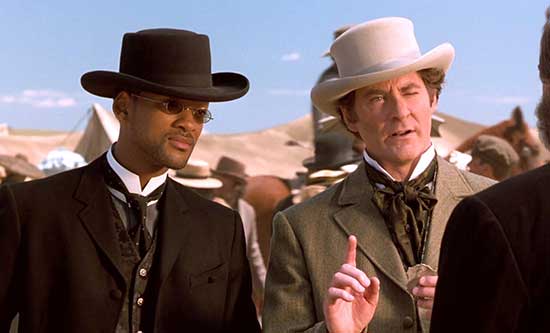

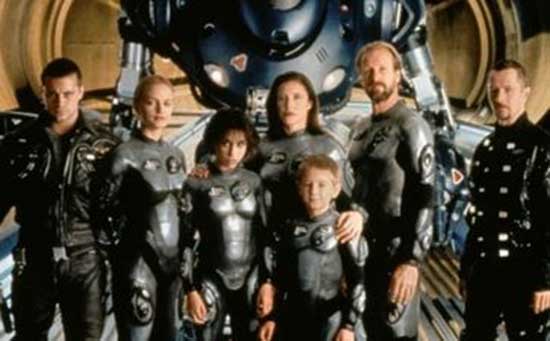
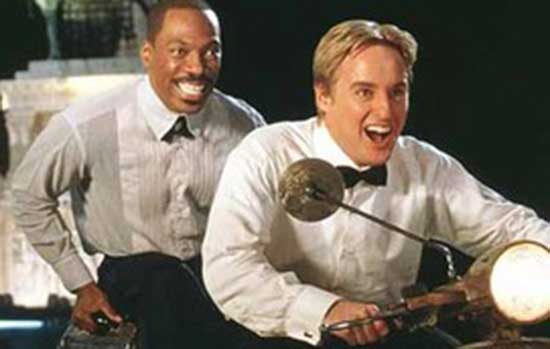
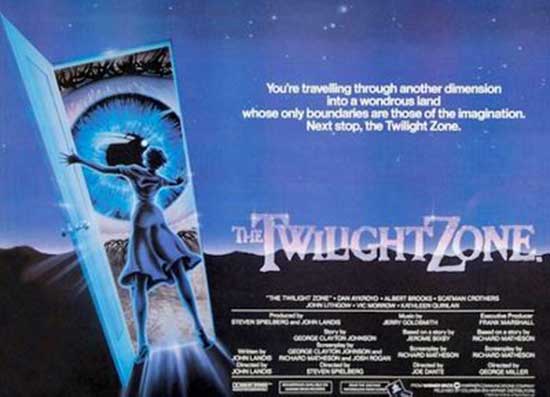
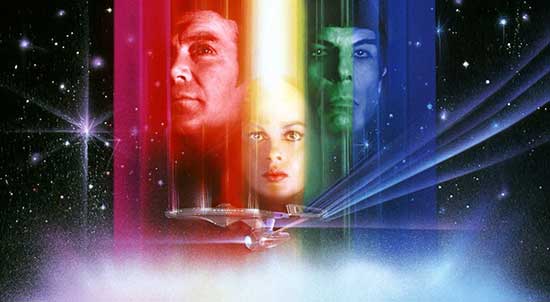
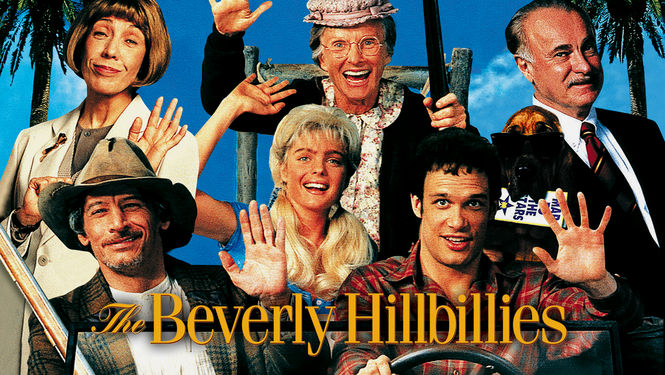
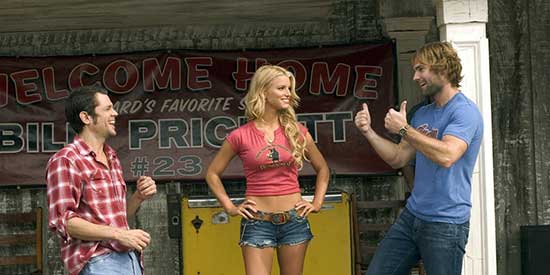
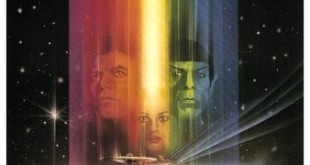

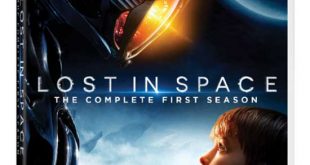
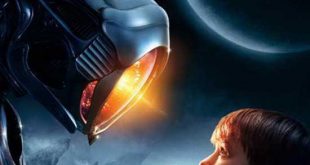

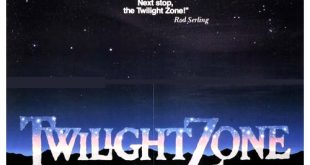
And apparently Will Smith turned down The Matrix in order to star in Wild Wild West instead…